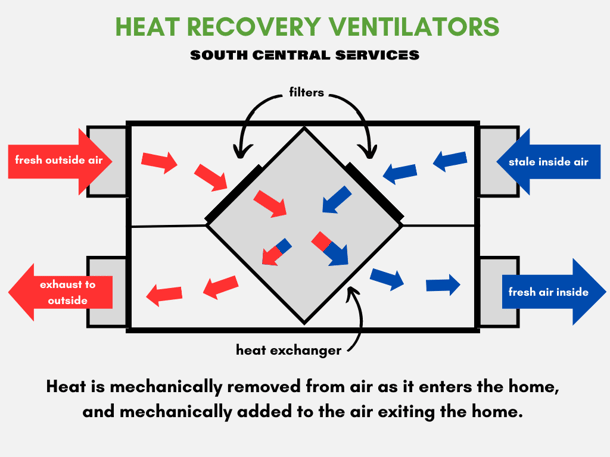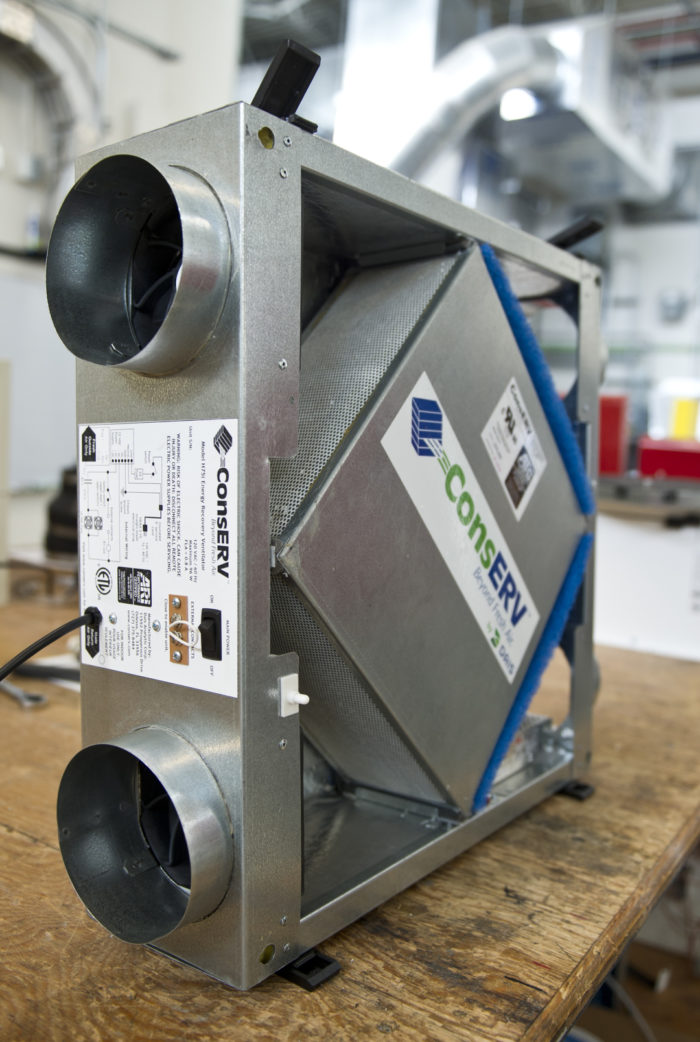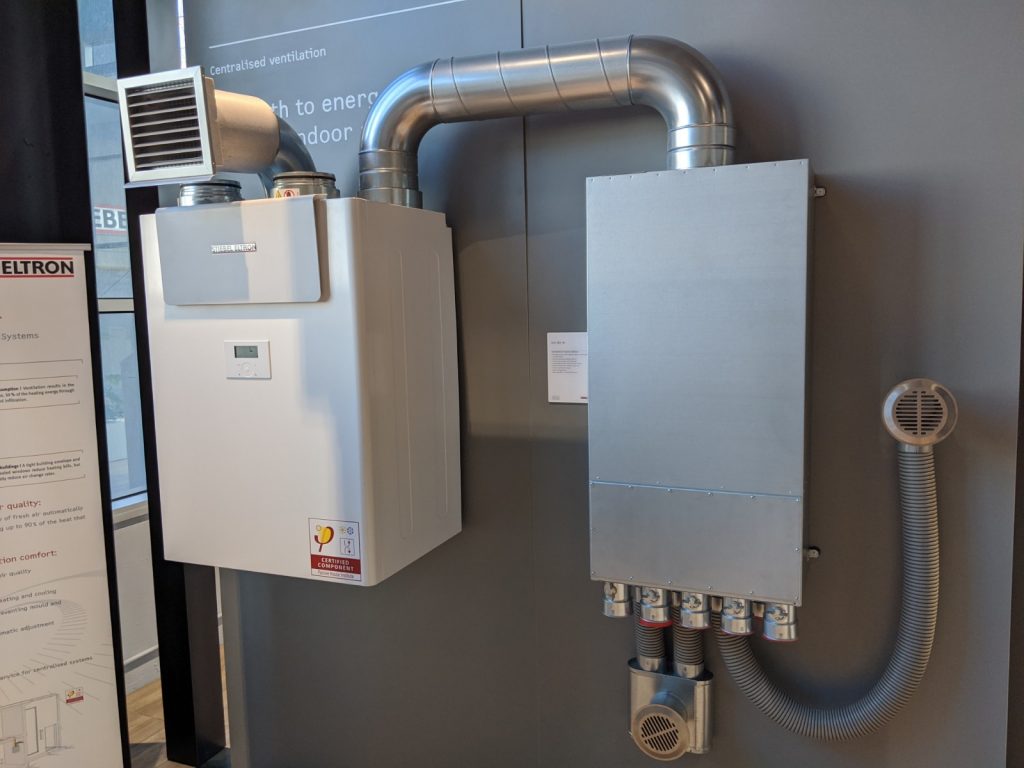The Function of HRV in Sustainable Living
Discovering the Advantages of Heat Recovery Ventilation for Power Effectiveness in Houses
Heat Recovery Ventilation (HRV) systems use homeowners a functional method to boosting energy efficiency. By recovering warmth from outward bound air, these systems can substantially reduce cooling and heating costs. Furthermore, they give a steady supply of fresh air, enhancing indoor air top quality and convenience levels. As home owners think about sustainable options, comprehending the nuances of HRV systems comes to be progressively important. What elements should one review prior to making such a financial investment?
Comprehending Heat Recovery Ventilation Systems

How HRV Enhances Indoor Air Quality

Power Savings: The Financial Benefits of HRV
Taking full advantage of power effectiveness, heat recovery ventilation (HRV) systems supply substantial economic advantages for home owners. By recovering and reusing heat from exhaust air, HRVs noticeably minimize cooling and heating expenses. This innovation can result in energy savings of up to 30%, relying on environment and usage patterns. Property owners typically observe decreased energy expenses soon after installation, making HRVs a monetarily wise financial investment in time. In addition, numerous regions provide motivations or rebates for energy-efficient upgrades, further boosting the monetary appeal. As energy prices remain to climb, the cost-effectiveness of HRVs ends up being significantly clear. On the whole, the unification of HRV systems not only advertises energy efficiency but also adds to lasting monetary cost savings for households.
The Ecological Effect of Heat Recovery Ventilation
A considerable ecological benefit of heat recovery ventilation (HRV) systems depends on their capacity to minimize overall energy consumption. By Your Domain Name redeeming warmth from exhaust air and transferring it to inbound fresh air, HRV systems minimize the requirement for energy-intensive home heating and cooling approaches. This reduction in energy demand adds to lower greenhouse gas discharges, as much less nonrenewable fuel source is called for to try this keep comfortable interior temperature levels. Additionally, HRV systems improve indoor air high quality by successfully exchanging stagnant air with fresh exterior air, decreasing dependence on mechanical air conditioning systems that can harm the environment. Generally, the execution of HRV systems sustains sustainable living techniques and aligns with global efforts to fight environment modification by advertising energy efficiency in residential setups.
Picking the Right HRV System for Your Home
Exactly how can home owners guarantee they pick the best heat recovery ventilation (HRV) system for their requirements? They must evaluate their home's dimension and layout, as these factors affect air flow requirements. Next off, assessing the system's efficiency rankings is crucial, as greater ratings show better performance and energy cost savings. Home owners must additionally consider setup and upkeep costs, contrasting different brand names and models for worth. In addition, it is essential to assess sound levels, as some systems operate even more quietly than others. Consulting with heating and cooling specialists can offer customized suggestions based upon certain home conditions. Checking out customer reviews and guarantees can assist in making a notified decision, guaranteeing that the chosen HRV system properly improves interior air high quality and power efficiency.
Often Asked Concerns

Just how Commonly Should I Tidy or Preserve My HRV System?
The regularity of cleaning or preserving a warmth recuperation air flow (HRV) system generally relies on use and environmental factors. Normally, it is recommended to execute upkeep every 6 months to ensure peak efficiency and air high quality.

Can HRV Equipments Help Minimize Moisture Degrees Inside?
HRV systems can efficiently minimize interior moisture degrees by trading stagnant, moist air with fresh, drier air from outside. HRV Heat Recovery Ventilation. This process aids keep a well balanced interior setting, improving convenience and avoiding moisture-related concerns
What Is the Life-span of a Normal HRV System?
The lifespan of a regular heat recovery ventilation (HRV) system varies, usually lasting between 10 to 15 years. Normal upkeep can extend its effectiveness and functional life, making certain peak efficiency throughout its use duration.
Exist Any Noise Worry About HRV Equipments?
Sound concerns with HRV systems can occur, especially from follower procedure. However, many modern systems are created to lessen sound levels, ensuring they operate quietly while preserving efficiency, which attends to prospective disruptions in living atmospheres.
Can I Install an HRV System Myself, or Do I Need a Specialist?
The private contemplated whether to mount the heat recovery ventilation (HRV) system personally or hire a specialist. Usually, while do it yourself installment is feasible, expertise assurances appropriate functionality and conformity with neighborhood building codes, improving system efficiency.